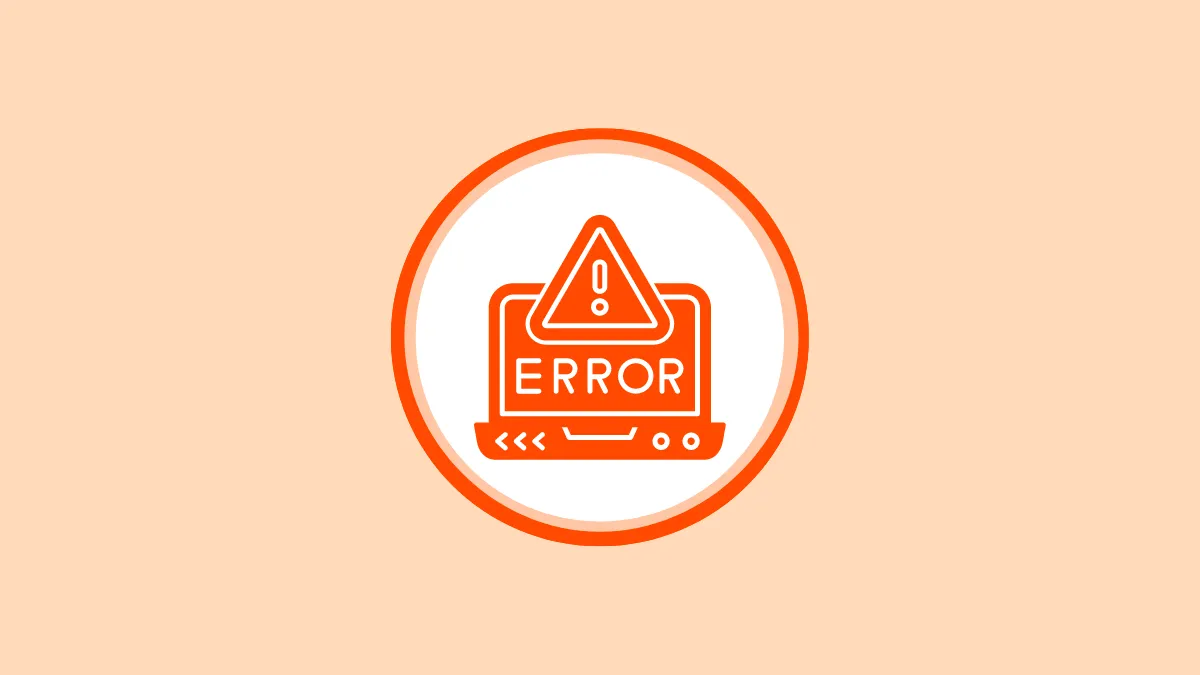The "System 5 error has occurred. Access is denied" is quite a common error and can occur when you're trying to perform various tasks in Windows. These can include running commands in Windows PowerShell or Command Prompt, installing applications, or trying to run them. It usually occurs when you're trying to perform an action without admin privileges, and is quite easy to resolve.
Fix 1: Run Command Prompt or Windows PowerShell With Admin Privileges
- Open the Start menu, type
cmd, and click on 'Run as administrator'.
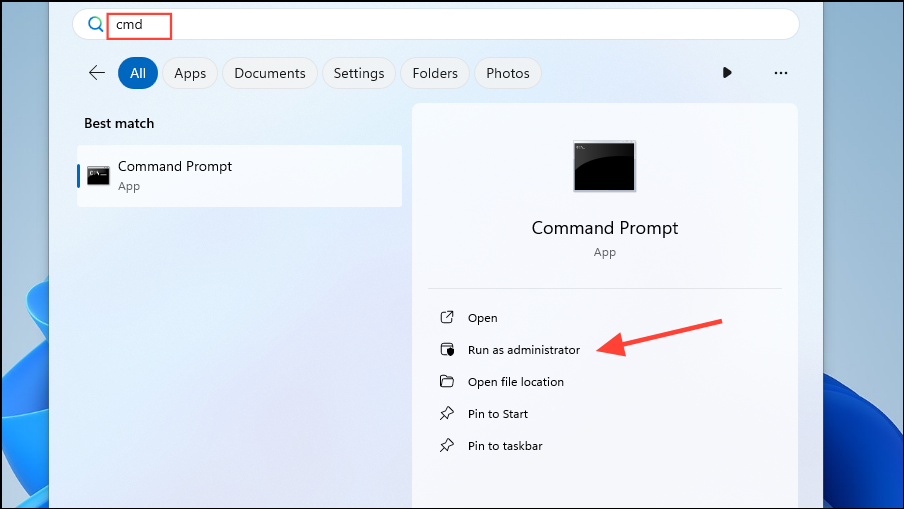
- When the 'User Account Control' or UAC pops up, click on 'Yes'. Now, you should be able to run your commands without running into the 'Access Denied' error.

- You can also set PowerShell or Command Prompt to always open with admin privileges. To do that, search for the application and click on 'Open File Location'.

- When the folder where the file is located opens, right-click on the application icon and click on 'Properties'.
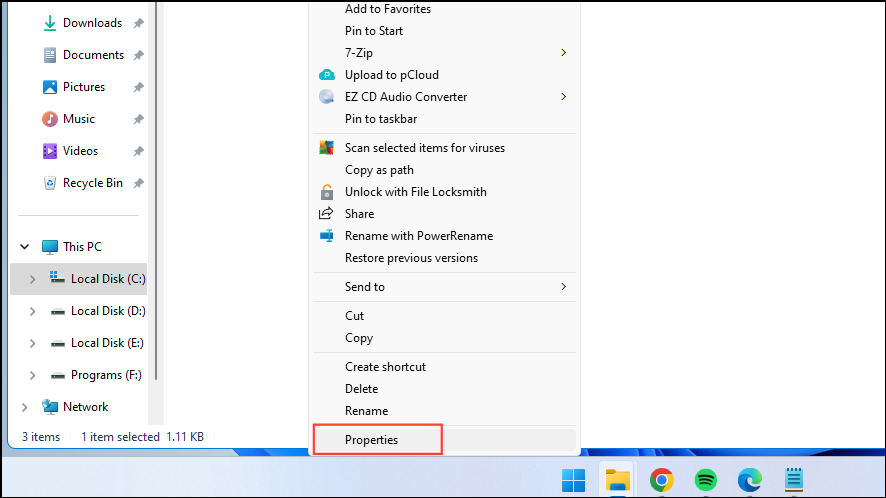
- Now, click on the 'Shortcut' tab at the top and then on the 'Advanced' button.
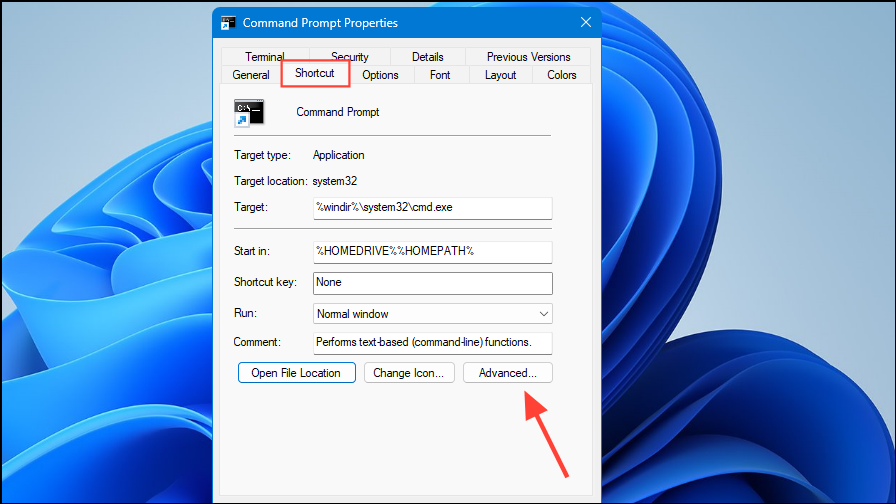
- In the pop-up that appears, click on the 'Run as administrator' checkbox before clicking on the 'OK' button.
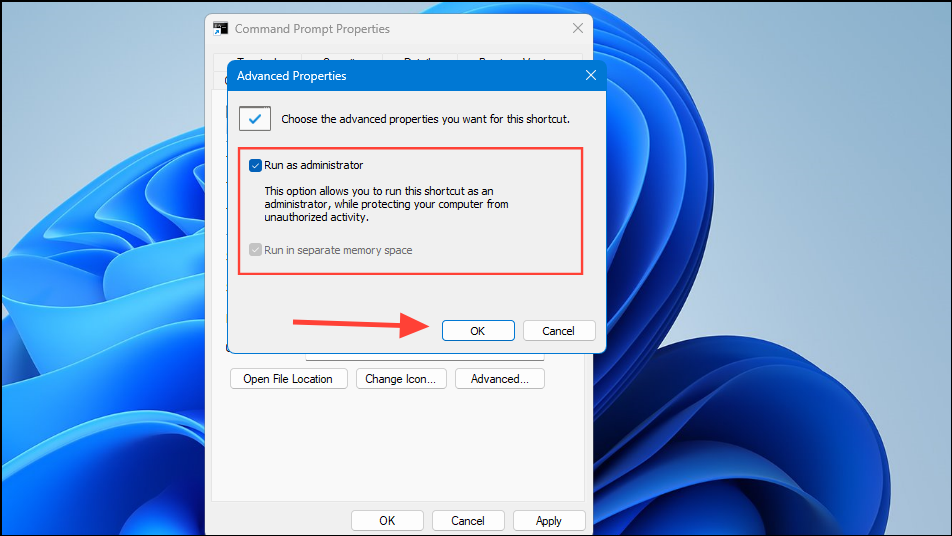
- Similarly, you can choose to run other applications with admin privileges to avoid running into the 'System 5 error, Access is Denied'.
Fix 2: Install or run a program with Admin rights
As with the Command Prompt and Windows PowerShell utilities, you can run applications with admin privileges if you're running into "System Error 5, Access is Denied".
- Right-click the installer or application and click on 'Run as administrator'.

- Click on 'Yes' when the 'User Account Control' appears.
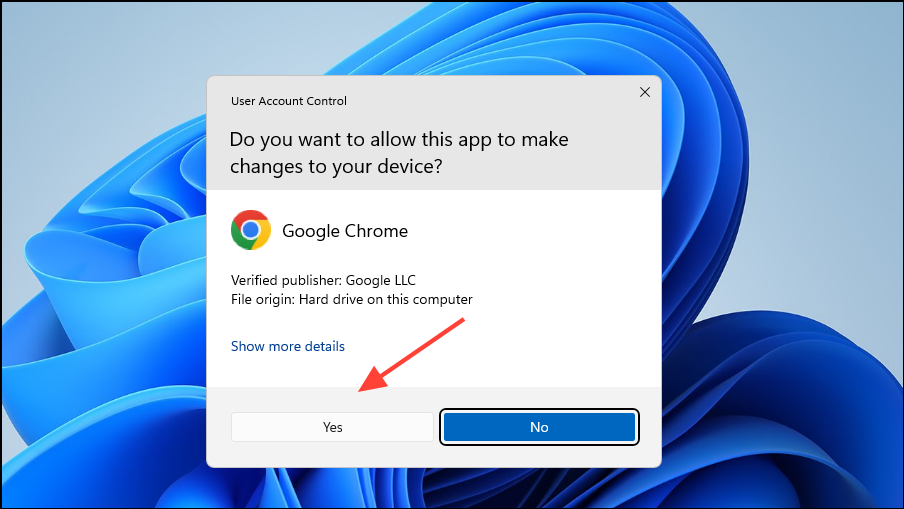
Fix 3: Change your standard user account to an Administrator account
Another possible solution to the 'Access is denied' problem is to convert your regular account into an Administrator account.
- Open the Settings app using the
Win + Ishortcut and click on 'Accounts' on the left.

- On the Accounts page, click on 'Other Users'.
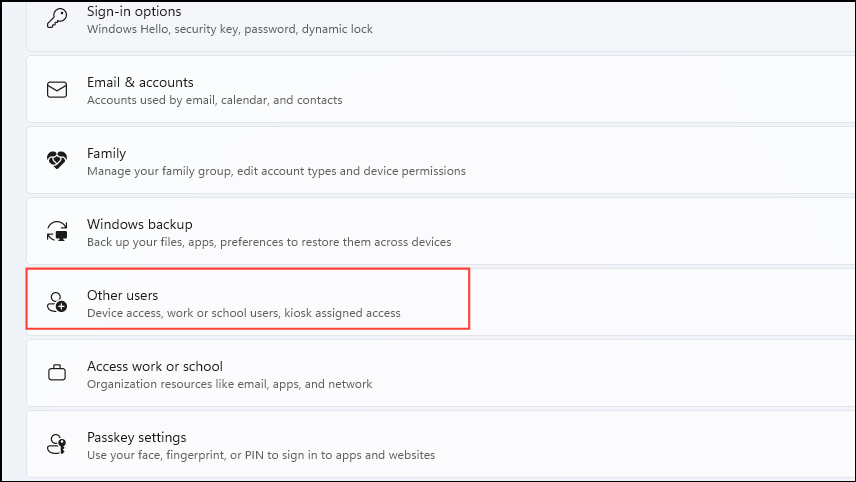
- If there are multiple users on your system, they will be visible here. Click on your user account and then on 'Change account type' before selecting 'Administrator' from the dropdown menu in the pop-up that appears.

- Now you can run and install programs and utilities on your PC without getting the 'Access is Denied' error.
Fix 4: Use the built-in Administrator account
If you have more than one account on your Windows computer that you can access, you can use the built-in Admin account to perform tasks that require it.
- Log out of your main account and log in with the second account. It does not need to be an Administrator account.
- Use the
Win + Rshortcut to open the 'Run' dialog and typelusrmgr.mscinside it before pressing Enter.
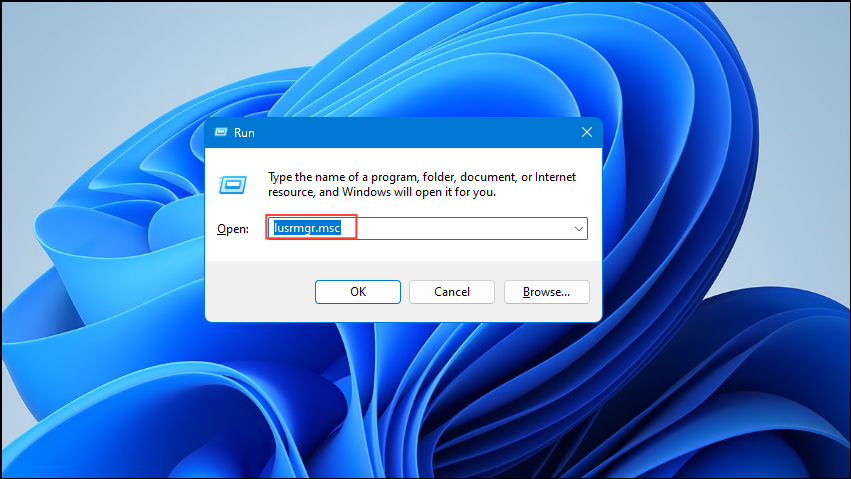
- Now, click on 'Users' on the left in the Window that appears and double-click on 'Administrator'.
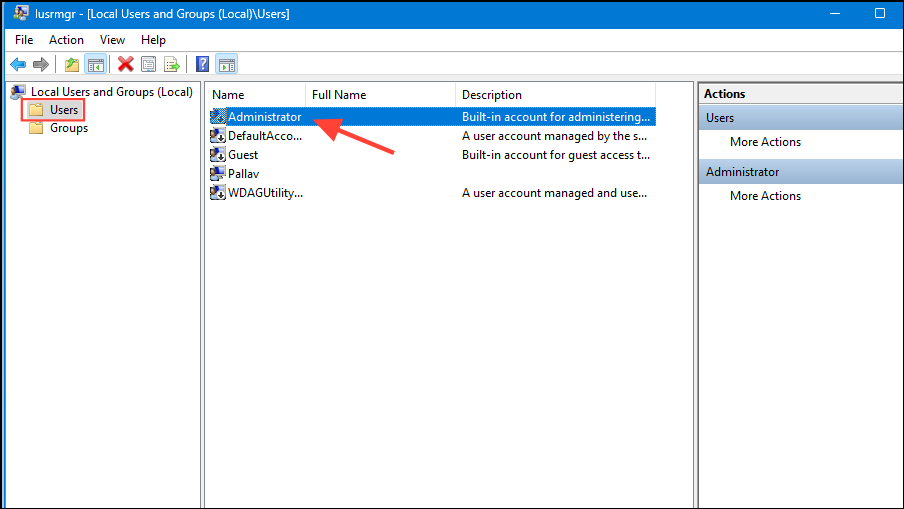
- In the box that appears, click on the checkbox next to the 'Account is disabled' option to de-select it.
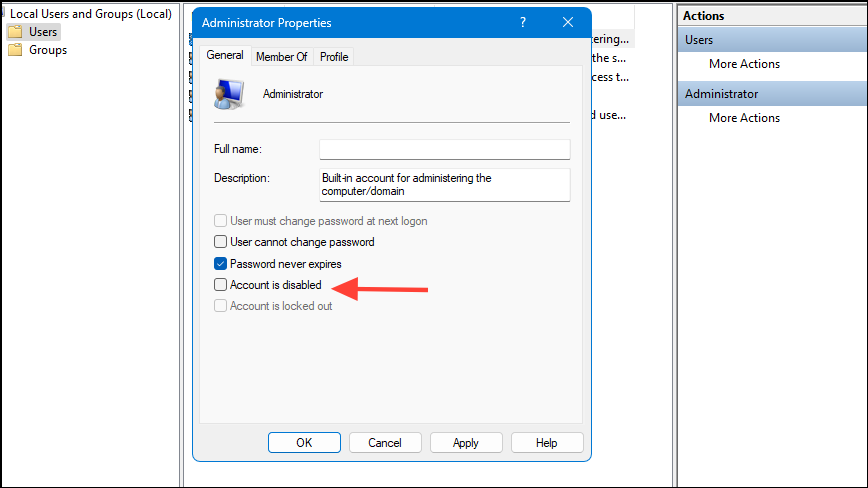
- Now, log out and click on the profile icon to log back in and you will see the Administrator account. Click on it to log in to Windows using it and now you can run commands in Command Prompt or Windows PowerShell or install and run other applications without getting the 'Access is Denied' error.
Things to know
- You should only use Admin privileges for actions that you cannot perform otherwise. For most standard actions, it is better to perform them normally.
- Just as you can change a regular account into an Administrator account from the Settings app, you can change an Admin account to a regular one.
- Windows will always have at least one Administrator account, which means you cannot disable all Admin accounts or convert them to standard accounts.
- If you enable the built-in Admin account to perform a specific function, it is a good idea to disable it back once your work is done, especially if you share your PC with others.

